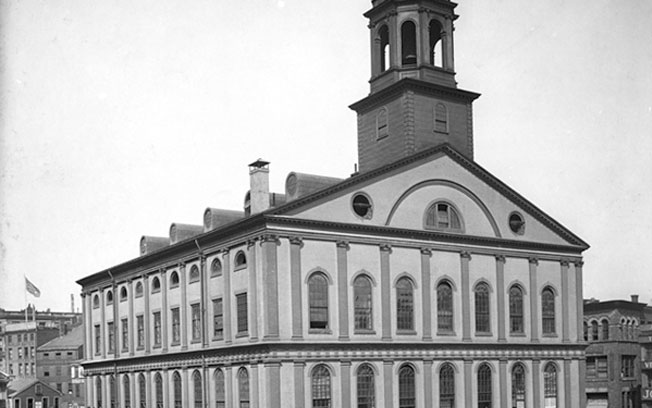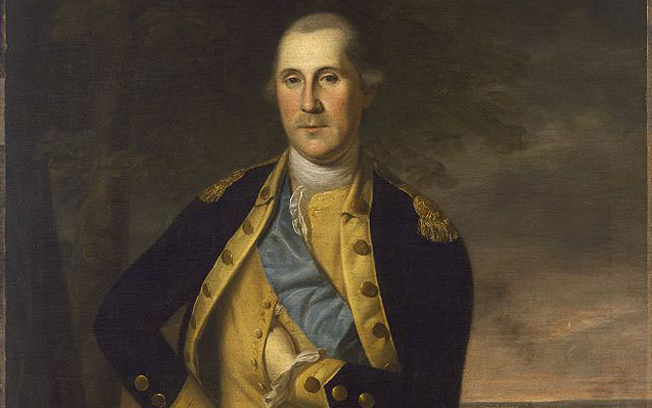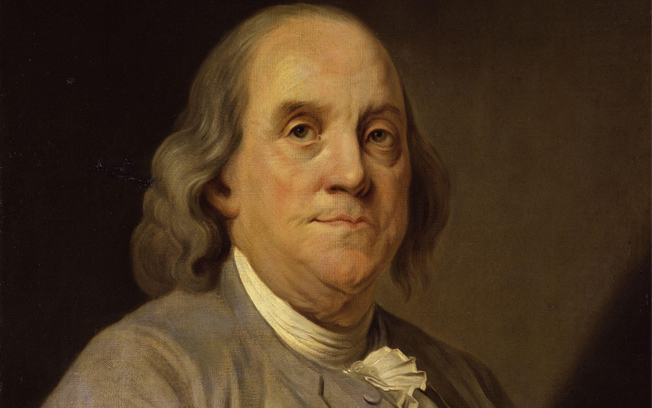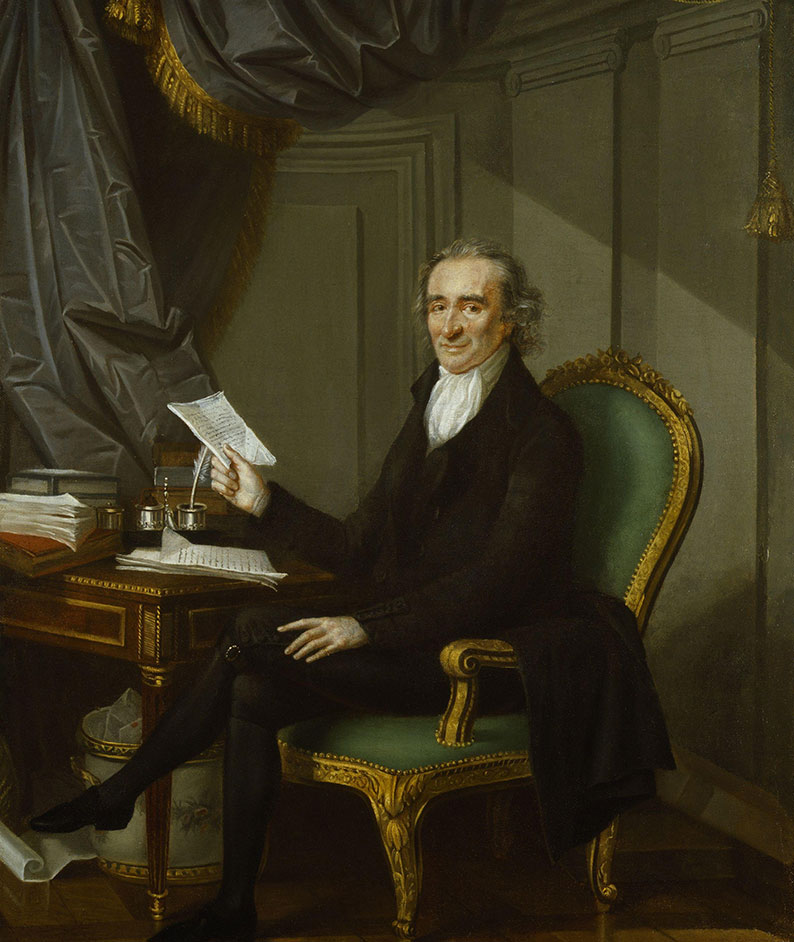Defending Independence
The Declaration of Independence
As war broke out, the governments of each colony formally declared their independence. On June 7, 1776, Richard Henry Lee made a motion for independence before the Second Continental Congress. Four days later, a committee was selected to write a document explaining the reasons for separating from Britain. Congress voted to ratify the Declaration of Independence that was drafted primarily by Thomas Jefferson and prominently signed by John Hancock on July 4, 1776. The new country was called the United States of America.
Drawing Inspiration From Prose
As the war continued, the Continental Army experienced challenges and hardships as well as a number of notable victories. After several defeats in New York, General Washington led the army across the icy Delaware River on Christmas night 1776 to attack Trenton. Before the battle, the troops listened to a passage from The Crisis, a pamphlet written by Thomas Paine. They drew inspiration from his stirring prose that described the challenges ahead. Paine wrote, “These are the times that try men’s souls: The summer soldier and the sunshine patriot will, in this crisis, shrink from the service of his country; but he that stands it now, deserves the love and thanks of man and woman.”
Building Alliances
The victory inspired new and much needed confidence in the Continental Army that they would use the following winter when they made camp at Valley Forge. Although the army faced severe hardships during the winter encampment, they became an effective fighting force through the training they received under the skillful direction of Baron Friedrich von Steuben. At the end of this horrific winter, France signed an alliance, negotiated by Benjamin Franklin, to aid the United States monetarily and militarily. The British would evacuate Philadelphia in June 1778.







